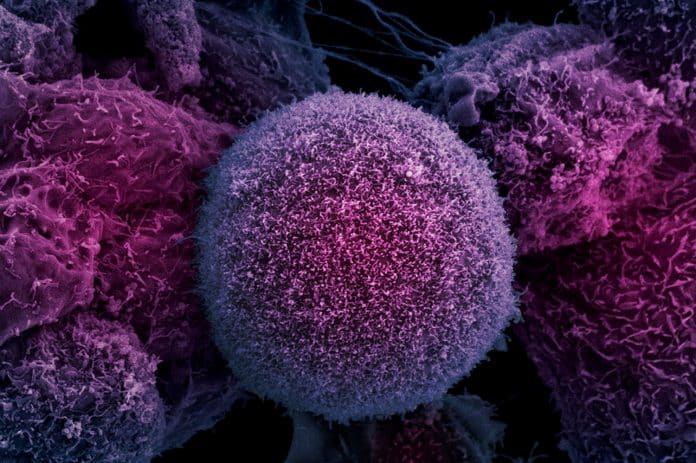Deep Buried Link between Extrachromosomal DNA and Tumors Unearthed
Cancer genomes are subject to continuous mutagenic processes in combination with insufficient DNA damage repair. Chemotherapy and ionizing radiation may further enhance tumor evolution by eliminating cells lacking the ability to cope with increased levels of genotoxic stress, while targeted therapy may favor subclones in which the targeted vulnerability is absent.
GBM, a World Health Organization (WHO) grade IV astrocytoma, is the most prevalent and aggressive primary central nervous system tumor. GBM is characterized by poor response to standard post-resection radiation and cytotoxic therapy, resulting in dismal prognosis with a 2-year survival rate around 15%.
The genomic and transcriptomic landscape of GBM has been extensively described. To evaluate how genomically heterogeneous tumor cell populations are affected by selective pressures arising from the transitions from tumor to culture to xenograft, scientists at the Henry Ford Health System’s Hermelin Brain Tumor Center in Detroit and The Jackson Laboratory (JAX) have now performed a comprehensive genomic and transcriptomic analysis of 13 GBMs, highlighting the evolutionary process of GBM cells, placing emphasis on the diverging dynamics of chromosomal DNA alterations and extrachromosomally amplified DNA elements in tumor evolution.
A multi-institutional team led by Professor Roel
Verhaak, Ph.D., of The Jackson Laboratory (JAX) and Ana C. deCarvalho, Ph.D., Assistant Professor from Henry Ford Health System’s Hermelin Brain Tumor Center in Detroit, MI, conducted a detailed analyses of the tumor cells from patient to culture to mouse revealed that, for the most part, the cells retained the same genomic lesions.The primary caveat was the finding that in a few cases, the numbers of oncogene copies differed between tumors and the cultures and PDX mouse samples derived from them. If an oncogene is increased or amplified, that can both cause and maintain cancer, so differences in gene amplification can be very important.
“The selective advantage conferred to tumor cells by the regulation of oncogene copy number in ecDNA has not been sufficiently addressed in interpreting results in the laboratory or in clinical trials. Using the GBM patient-derived models carrying cDNA amplification of the most frequent oncogenes, we are developing and testing novel combination therapies specific for each unique tumor,” says de Carvalho.
ecDNA elements were first discovered when directly under microscopes in cancer cells more than 50 years ago, but it remains unknown how they arise in the first place. Unlike chromosomal DNA, these “extras” are inherited inconsistently as a tumor grows. That is, when a cancer cell divides, the DNA on the chromosomes almost always gets accurately duplicated and remains the same in the daughter cells. But ecDNA inheritance appears to be far more random. Sometimes both daughter cells inherit DNA, but sometimes all or most of it will end up in one cell and not the other.
“The process quickly creates important differences between cells within the same tumor, and it helps accelerate the evolution of cancer,” says Verhaak. “It provides the cells with more ways to evade stress. Therefore, there’s a better chance that at least some of the cells will survive severe stress, such as stresses caused by a chemotherapy or radiation.”
“We think targeting DNA has huge potential for the development of new cancer treatments,” says Verhaak. “We’re now working to develop sequencing-based protocols to identify DNA more efficiently. The bigger goal is to learn how and why DNA elements form. If we can block those mechanisms, we’ll have a way to prevent the evolution, and perhaps even the formation, of many cancers.“






























